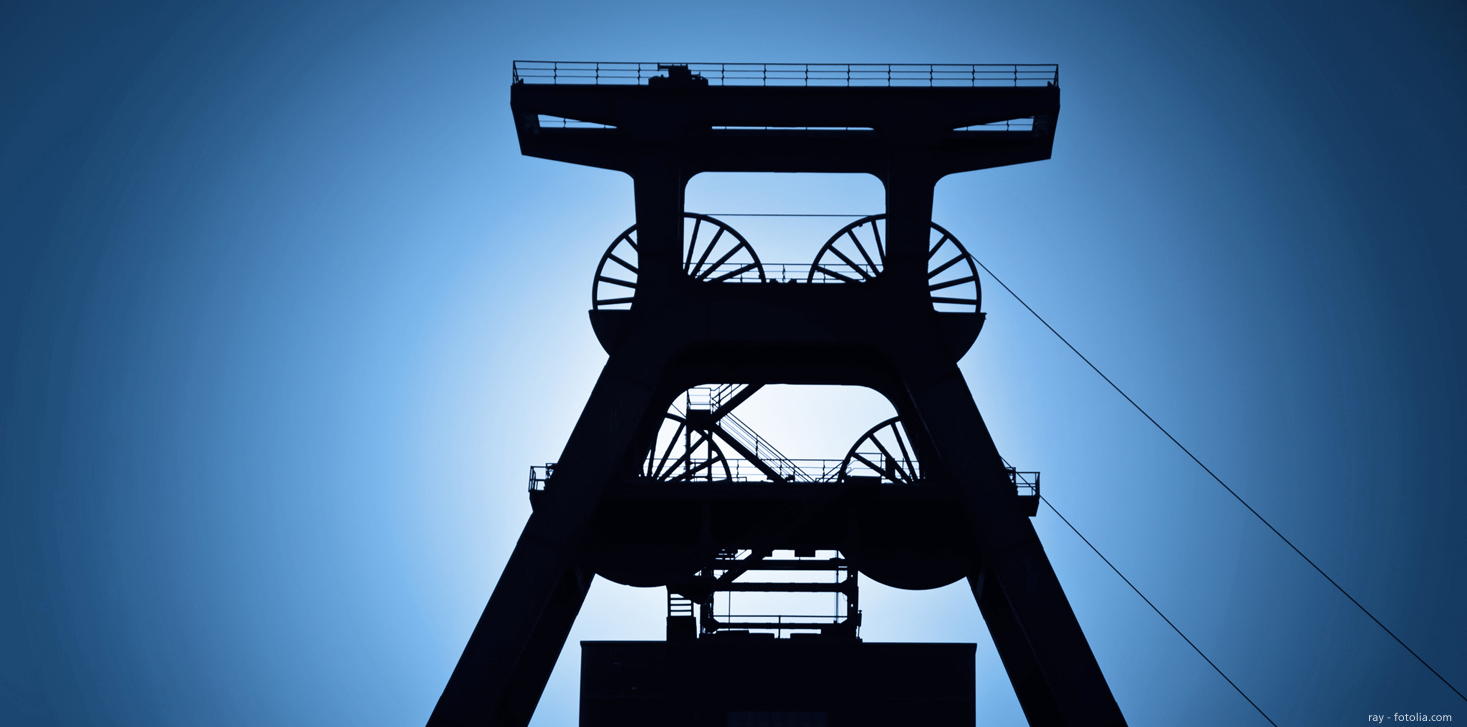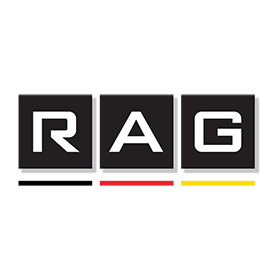Digital Service File
The Challenge
The politically determined adjustment process facing the German coal mining industry will result in the gradual loss of more and more personnel, and, in turn, valuable knowledge, over the next few years. In order to ensure that this knowledge is preserved and to strengthen the process of knowledge transfer and the ability of the group to supply information, it requested the development of an information and integration platform for all of the spatial data within the RAG organisation.
RAG currently manages approximately 40 terabytes of digital spatial data. In addition to this, it has around eight kilometres of files, which are to be digitised and incorporated in the data as and when required in the future. Besides conventional GIS information, there are many documents and files that contain one or several spatial references in text form (e.g. the address or name of a shaft). The aim is for the platform to be able to provide this data throughout all areas and departments of the organisation, comprehensively and at high performance, to enable any future spatially related queries to be duly responded to.

The Digital Service File is exciting because of its rapid search service in the various filing and working systems and the speed with which it is able to display all the available RAG map services.
Ralf van der Heyden - Project manager, Licensing procedures, RAG Aktiengesellschaft
The Customer
The core business of the RAG Aktiengesellschaft is the extraction of coal in Germany. The group comprises several companies with a total of 18,000 employees and a turnover of approximately 3 billion euros.
The coal mines it maintains make the group one of the biggest contractors and employers in the country’s mining regions. In addition to coal mining, the organisation plays a central role in the process of structural transformation, by making former mining areas available for other uses. The mining infrastructure is also being increasingly used for implementing projects and concepts in the field of renewable energy generation.
RAG has been routinely employing spatial-information technology for more than twenty years to support its planning and decision-making processes.
The Solution
The ‘Digitale Service Akte’ (D S A) is the RAG intranet portal designed for the long-time utilisation of spatial data and other data sources. It combines the functionalities of modern map services for spatial analysis and map visualisation with the possibilities of full text search services, in a variety of text containers throughout the departments of the organisation. In addition to GIS and CAD data, other sources, such as office documents, ELO (electronic archives) or SAP (properties and subsidence damage) are also searched as part of a query. The D S A was realised as a web application in the RAG intranet and is based on existing GIS and search technology (ArcGIS/MOSS), taking into account existing authorisation concepts, which means it is available for use by all employees throughout the group.
Technology Used

Service-oriented architecture (SOA)

ArcGIS Server

Microsoft Office SharePoint Server (MOSS)

SAP (FX and PM modules)

Document management system (ELO)

IIS web services for indexing and searching on the basis of Net, WCF and C#

Application development with Silverlight and C#

IIS web services for indexing and searching on the basis of Net, WCF and C#

Application development with map.apps

Seamless integration of map.apps into the RAG SharePoint portal

UCD workshops for the specification of user requirements
Benefits
The D S A provides structured access to very extensive, heterogeneous, distributed data. The datasets largely retain their present form and responsibility structure. All data sources incorporated in the system can be searched, filtered and integrated using keywords (full text searching) and spatial criteria (GeoNames function). The search results are presented to the user in the GUI of the D S A in the form of map visualisations and hit lists.
Project Partners
The following companies contributed to the project’s success, along with the clients of the RAG Aktiengesellschaft: arvato systems GmbH (Dortmund), Atos IT-Dienstleistung und Beratung GmbH (Gelsenkirchen), con terra GmbH (Münster) and Esri Deutschland GmbH (Kranzberg).
Summary

Information and integration platform for data with spatial references

Structured access to extensive, heterogeneous data

Data held non-centrally, integrated by means of spatial referencing

Loading/activation of third-party systems possible

Creates transparency and secure access to existing information

Secures the availability of information in the future

Christian Sehlleier

